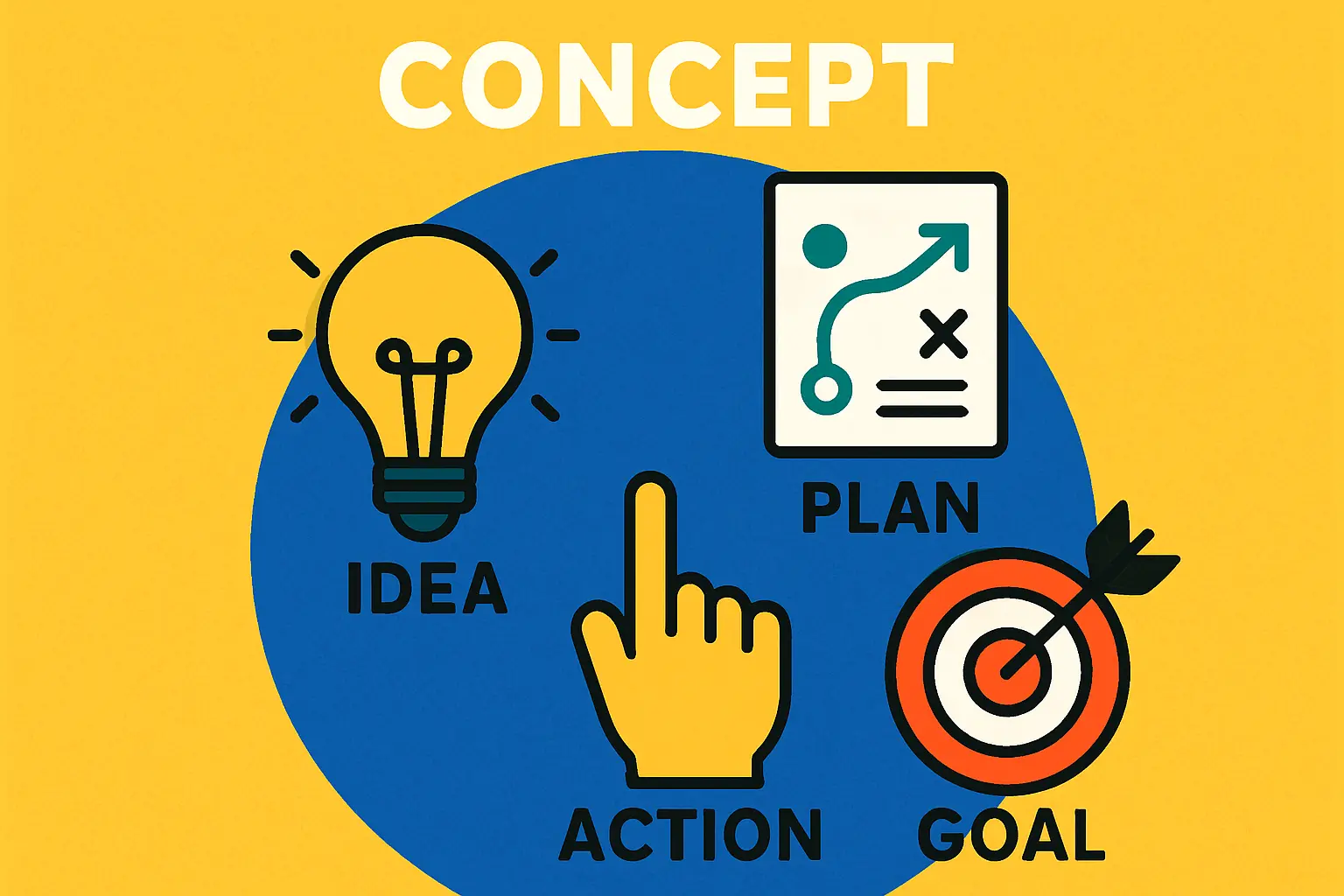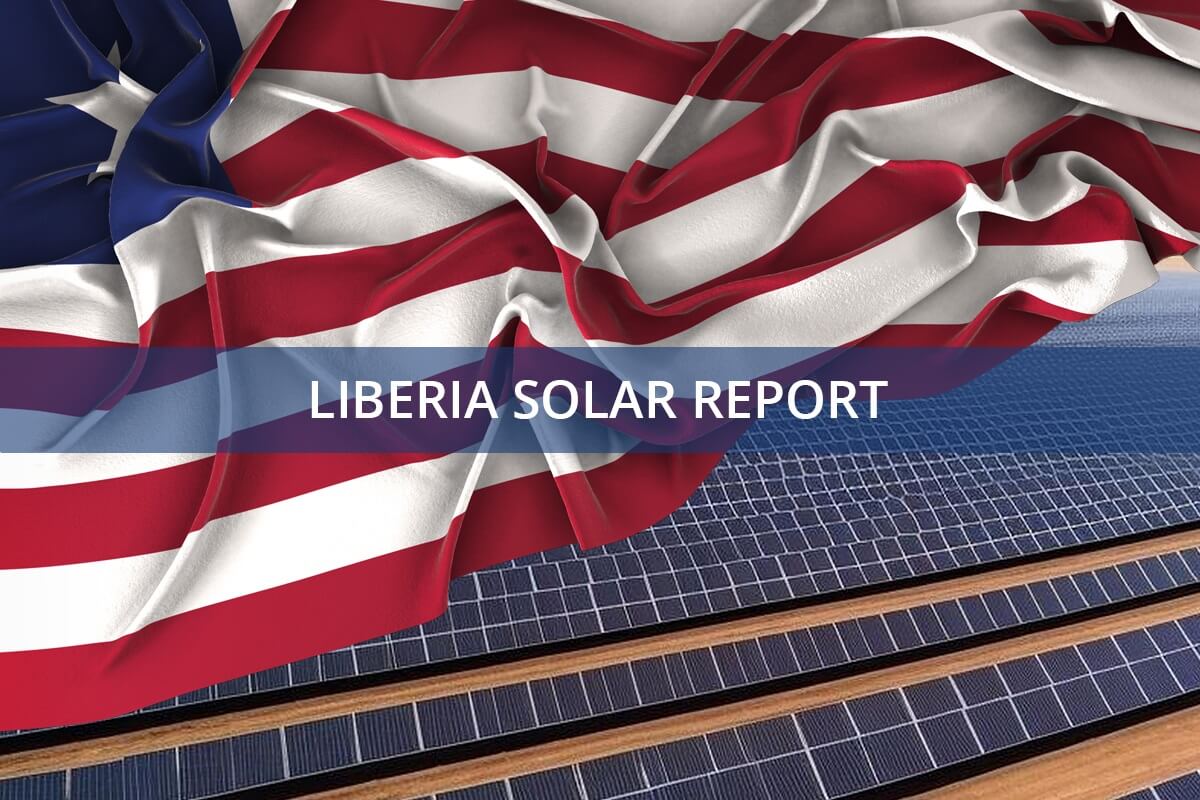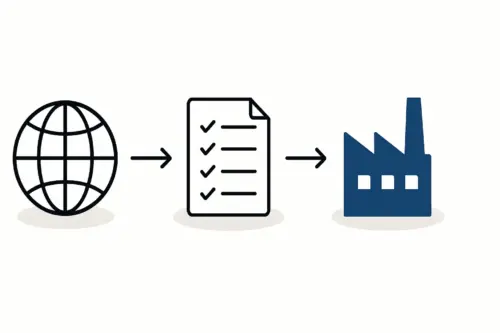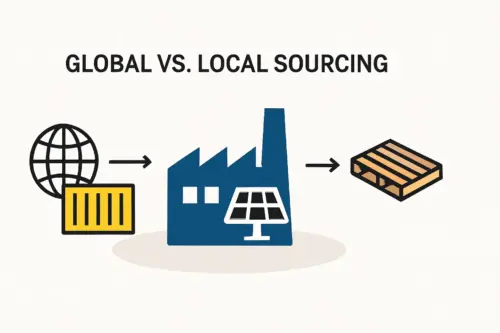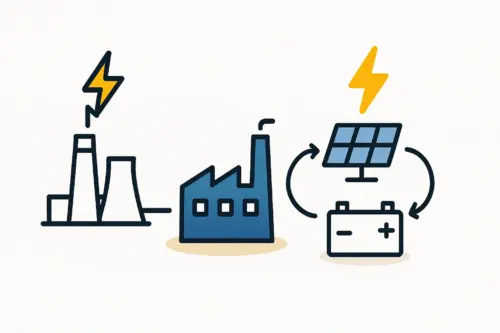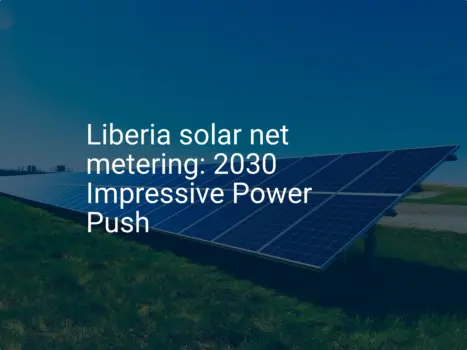An entrepreneur has a sound business plan and capital ready for a new solar module factory. With positive market analysis and the technology selected, one of the most fundamental decisions remains: where, precisely, to build it? The choice often comes down to two distinct paths: developing a standalone greenfield site from scratch or locating within an established industrial park.
This decision carries significant weight, influencing everything from initial investment to long-term operational efficiency. Using Monrovia, Liberia, as a backdrop, this article provides a comparative analysis to guide entrepreneurs through the critical factors of site selection.
Understanding the Core Options: Industrial Park vs. Greenfield Development
Before comparing the two, it’s essential to define them. They represent fundamentally different strategies for establishing a manufacturing footprint.
What is a Greenfield Site?
A greenfield site is a piece of undeveloped land, often in a rural or suburban area, that an entrepreneur acquires to build a new facility. This approach offers maximum control over the layout, design, and future expansion possibilities. However, it also means the developer is fully responsible for creating all necessary infrastructure—from access roads and power substations to water lines and security perimeters.
What is an Industrial Park?
An industrial park is a planned zone designed specifically for industrial use. The park’s management provides a serviced plot of land with essential infrastructure and utilities already in place. Businesses can then lease or purchase a plot within this managed ecosystem. This model prioritizes speed, convenience, and shared resources, trading some customization for lower initial risk and a more predictable setup process.
Key Factors in Site Selection: A Comparative Analysis
The optimal choice depends on a careful evaluation of several business-critical factors. The challenges and opportunities in a market like Liberia provide a clear lens through which to examine these variables.
1. Utilities and Infrastructure (Power, Water, Connectivity)
For a solar module factory, a stable and high-quality power supply is non-negotiable. In many emerging markets, this cannot be taken for granted.
Greenfield Challenge: In Liberia, for example, the national power grid can be unreliable, and electricity costs are among the highest in the world. A greenfield project would require not only a connection to this grid but also a substantial investment in backup power generation—typically large diesel generators—to ensure uninterrupted production. The developer is solely responsible for building and maintaining this critical infrastructure.
Industrial Park Advantage: A well-managed industrial park, such as the Monrovia Industrial Park (MIP), often addresses this challenge directly. These parks frequently invest in dedicated power substations or independent power plants to provide tenants with reliable, high-quality electricity at a more stable cost. Water treatment and high-speed internet connectivity are also typically included, removing a significant burden from the individual business.
Ready to make big Profits?
The solar Industry is Booming
WE HELP NEWCOMERS to the solar industry start their own solar module production line. Customers can make BIG PROFITS by selling modules and finding investors, without wasting money and time on things they don't need!
2. Land Tenure and Legal Security
Securing an undisputed legal title to land is the foundation of any major capital investment. This can be a complex undertaking in regions with evolving legal frameworks.
Greenfield Challenge: Liberian land law recognizes four categories: Private, Public, Government, and Customary Land. Navigating this system to acquire a clear, unencumbered title for a greenfield site can be a lengthy and uncertain process, posing a significant risk of future disputes. An investor must conduct extensive due diligence to ensure the land is properly zoned and that the seller holds a legitimate title.
Industrial Park Advantage: Industrial parks simplify this dramatically. An entrepreneur typically enters into a long-term lease agreement directly with the park authority, which holds the master title to the entire area. This provides a secure and legally straightforward form of tenure, allowing the business to focus on its operations rather than on complex land acquisition. Understanding the full investment requirements for a solar factory is a critical first step for any resilient venture.
3. Security and Access Control
Physical security for assets and personnel is a major operational concern.
Greenfield Challenge: A standalone facility is solely responsible for its own security. In environments with high crime rates, this requires a significant investment in perimeter fencing, access control systems, and a professional security force, adding a recurring operational expense.
Industrial Park Advantage: Security is a shared service. Industrial parks are typically enclosed with a single, controlled entry point and a professional security force that patrols the entire area. This collective approach provides a higher level of security at a fraction of the cost an individual company would incur.
4. Permitting and Regulatory Approvals
The journey from architectural plans to an operational factory involves numerous permits and licenses from various government agencies.
Greenfield Challenge: The developer of a greenfield site must navigate the full spectrum of bureaucracy, dealing with ministries of public works, environment, and commerce. This process can be slow and unpredictable, potentially causing costly project delays.
Industrial Park Advantage: Many modern industrial parks, particularly those designated as a Special Economic Zone (SEZ), offer a ‘one-stop-shop’ service for permitting. The park authority acts as a facilitator between the business and government agencies, streamlining the approval process and ensuring compliance with all regulations.
5. Timeline to Operation
Speed to market can be a decisive competitive advantage.
Greenfield Challenge: The timeline for a greenfield project is invariably longer. It includes phases for land acquisition, legal due diligence, surveying, site clearing, infrastructure construction, and building—all before machinery can even be installed. This process can easily take 24 months or more.
Industrial Park Advantage: By providing a ‘plug-and-play’ environment with serviced plots, an industrial park can cut the setup time in half. Once the lease is signed, the company can immediately begin constructing its building on a site that already has power, water, and road access. This can enable production to start in as little as 12 months.
Case Study: The Monrovia Industrial Park (MIP) Advantage
The Monrovia Industrial Park serves as a practical example of how the industrial park model de-risks investment. As a designated Special Economic Zone, it is designed to overcome the specific hurdles of the local business environment.
By offering pre-zoned land with secure tenure, reliable power infrastructure, centralized security, and a streamlined administrative process, it creates a stable and predictable foundation for manufacturing. In J.v.G. Technology’s experience with turnkey projects in emerging markets, leveraging the infrastructure of a well-managed industrial park can significantly reduce project risk and accelerate timelines. The ability to begin construction on a fully serviced site is a powerful enabler for any entrepreneur looking to establish a small solar module factory.
Frequently Asked Questions (FAQ)
Is a greenfield site ever a better option?
Yes, for very large-scale or highly specialized operations. A multinational corporation with unique logistical needs or a massive footprint might find that the long-term control and customization of a greenfield site outweighs the higher initial risk and investment. For most small to medium-sized enterprises entering a new market, the industrial park model is often more prudent.
What are the typical lease terms in an industrial park?
Terms vary by location and operator, but long-term leases of 25 to 50 years are common. This provides the tenant with the stability needed to justify the capital investment in buildings and machinery.
How does an SEZ status benefit a manufacturing business?
A Special Economic Zone typically offers a package of incentives to attract investment. These often include tax holidays, exemptions from customs duties on imported machinery and raw materials, simplified labor regulations, and the streamlined ‘one-stop-shop’ for administrative processes.
What is the first step in evaluating a potential industrial park?
The first step is thorough due diligence. This includes investigating the park operator’s track record, speaking with existing tenants about their experience, and carefully reviewing the lease agreement, utility supply contracts, and park regulations.
Conclusion: Making an Informed Decision
The choice between an industrial park and a greenfield site is a strategic trade-off between control and convenience, risk and speed.
For an entrepreneur establishing a solar module factory, especially in an unfamiliar or challenging market, an industrial park presents a clear path to mitigating common risks. It transforms unpredictable variables like power supply, land title, and bureaucratic delays into manageable, predictable components of a business plan. By providing a stable foundation, it allows the business owner to focus on what they do best: manufacturing high-quality products.
After selecting a site, the next logical step is a detailed analysis of the necessary machinery for a solar panel factory, as this will determine the factory’s layout and utility requirements.

